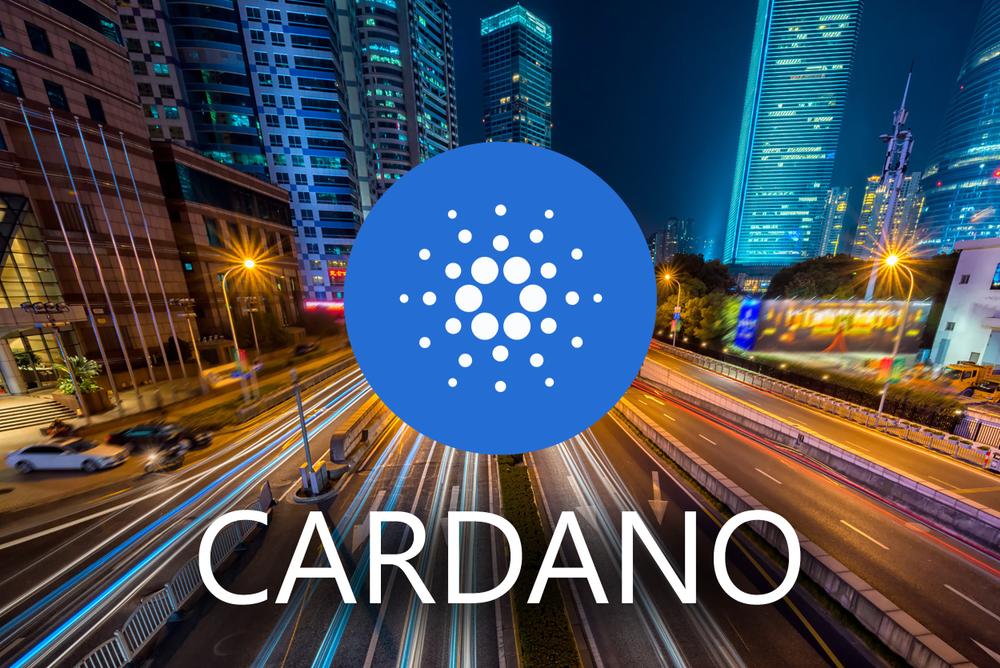- Charles Hoskinson confirms in a new interview that IOHK, the development company behind Cardano, has joined the Hyperledger Project and W3C.
- The partnership is intended to promote a fruitful exchange of knowledge between all actors involved.
The founder of Cardano and CEO of Input Output Hong Kong (IOHK), Charles Hoskinson, confirmed in a recent interview that IOHK has joined the Hyperledger Project and W3C. Hoskinson believes that all parties can achieve synergy and make great strides by expanding the network and increasing knowledge.
Hoskinson describes that Cardano has developed numerous enterprise ledger use cases that will be further discussed, tested and used within the consortium:
We would like to start consolidating some of our enterprise ledger ideas and bring it there, “A”, because there’s just a lot of knowledge in that circle. And “B”, it helps us with the bidding process. When we’re deploying a permissioned system, government procurement and corporate procurements, a little bit more familiar with Hyperledger.
The Hyperledger blockchain consortium was founded in 2015 and aims to provide a common platform for the exchange of knowledge and experience as well as resources for the further development of blockchain projects. IBM and Linux are considered to be leading the way, with other heavyweights in the financial and tech industry, such as JP Morgen, Well Fargo, Cisco, Intel and the London Stock Exchange among the founders.
Ripple already joined the consortium last year to also benefit from joint development and collaboration. The World Wide Web Consortium is a body that works on the standardization of the Internet and was founded in 1994 at the MIT Laboratory for Computer Science in Cambridge.
IOHK will present Cardano’s development plan for an enterprise-ready version
The contract between Cardano and IOHK expires at the end of this year, but is to be extended for another 5 years. In the new draft contract, IOHK will present an enterprise-capable version of Cardano, which will primarily promote adaptation in the corporate sector. IOHK states that this development will be further researched in the blockchain consortium:
One of the things that we will explore is how do we create an enterprise version of Cardano? And we’ll make a proposal for that at the end of the year when we’re proposing to the community IOHK contract renewal for the next five years for Cardano. And there’s going to be certainly an enterprise component to that renewal. And we’d love to pursue that strategy through the hydrologic group at the Linux Foundation.
The design of the Cardano ecosystem allows easy switching between a permissionless and permissioned approach. In contrast to the actors of the permissionless approach, the participants in the permissioned approach of blockchains are known and rigidly defined. Thus, these participants can receive special privileges or rights, which can be an important factor especially in the corporate world. Hoskinson explains:
The way that we design Cardano, we made it very easy to switch between a permissionless and a permissioned mode.
This flexible use case could make Cardano usable for many companies, as the configuration of the blockchain can be adapted to the needs of the companies.
Recommended for you:
- Buy Cardano Guide
- Cardano Wallet Tutorial
- Check 24-hour Cardano Price
- More Cardano News
- What is Cardano?
Subscribe to our daily newsletter!
No spam, no lies, only insights. You can unsubscribe at any time.




